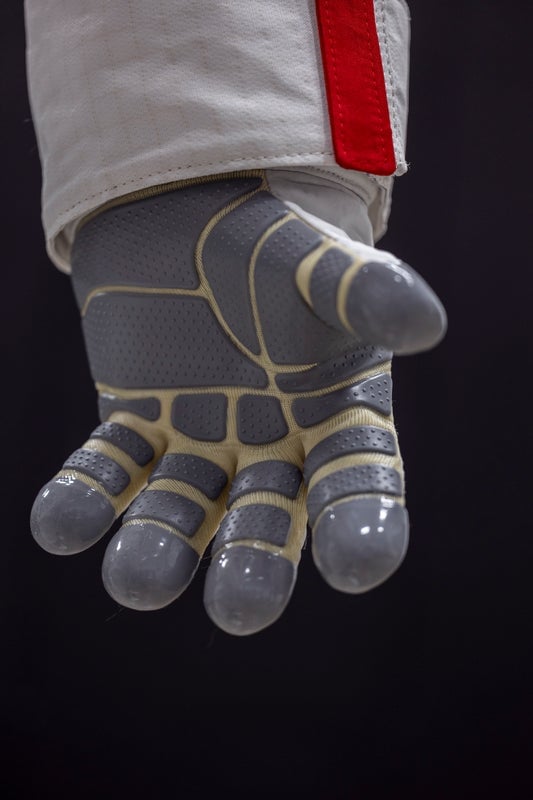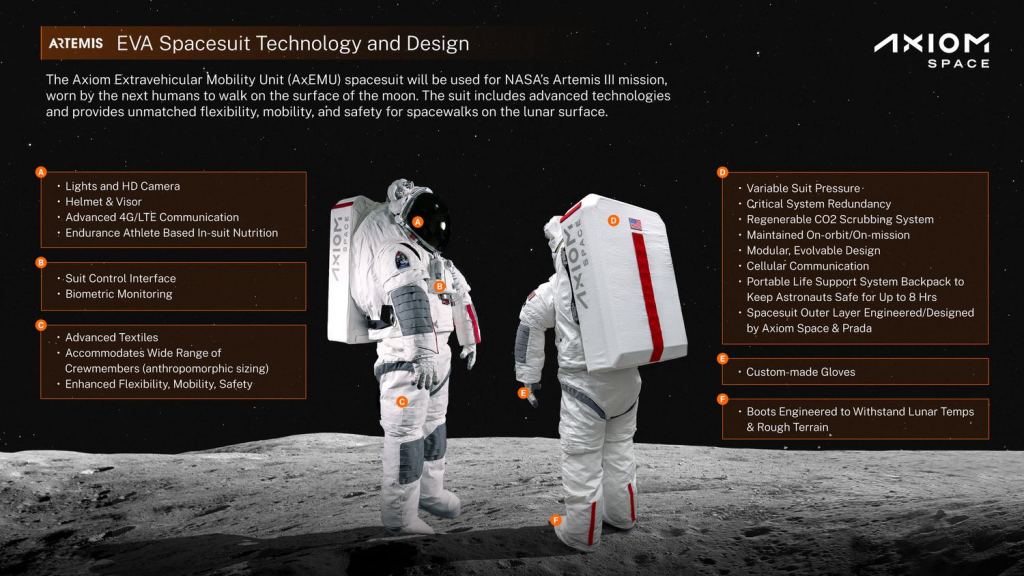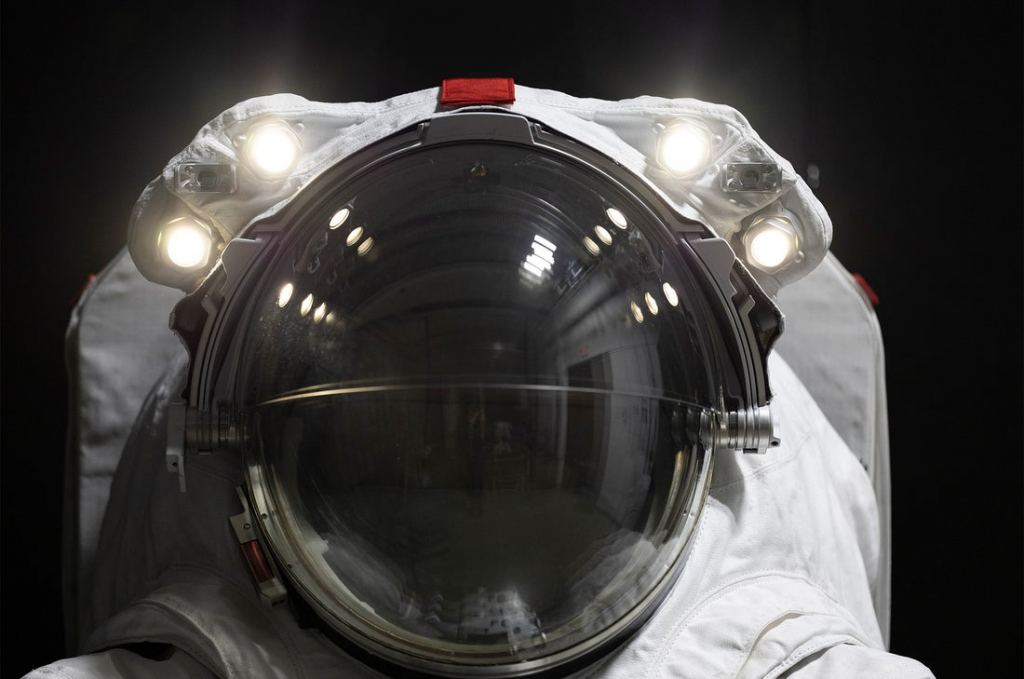The Artemis program involves impressive technological advancements in robotics, communications, spacecraft, and advanced habitats, all of which are clearly necessary for such an ambitious endeavour. But the mission also requires updated spacesuits. Those spacesuits are critical to mission success, and the Italian luxury fashion house Prada is adding their knowledge and experience to the design.
More than 50 years have passed since the last human walked on the Moon. Entirely new technologies have been available since then, though spacesuits don't look like they've changed that much, at least on the surface. But Axiom Space, the NASA contractor creating the new spacesuits, says they've redefined spacesuit development—and they've done it with help from Prada.
"We’re blending engineering, science and art."Russel Ralston, Axiom Space's Executive Vice President of Extravehicular Activity.
It's tempting to dismiss Prada as just a fashion brand. But according to the two companies, Prada has "expertise on high-performance materials, features, and sewing techniques," that are critical to the new spacesuit.
"This is a groundbreaking partnership," said Russel Ralston, Axiom Space's Executive Vice President of Extravehicular Activity. "We're blending engineering, science and art."
"Our elite teams have redefined spacesuit development, establishing new pathways to innovative solutions and applying a state-of-the-art design approach for the AxEMU," said Matt Ondler, the President of Axiom Space. "We have broken the mold. The Axiom Space-Prada partnership has set a new foundational model for cross-industry collaboration, further expanding what's possible in commercial space."
The AxEMU is impressive. It's a single architecture that can be adapted for missions to the lunar surface and to Low-Earth Orbit. It can accommodate a wide range of body sizes from the first to the 99th percentile and is more flexible due to innovative soft and hard joints. This provides greater flexibility and allows more precise geological and scientific work while maximizing astronaut comfort.
According to Axiom, the AxEMU is more reliable than previous suits and built-in redundancies provide increased safety for astronauts. If something fails, those redundancies allow astronauts to return to a spacecraft or habitat, where another benefit of the suit comes into play. The new suit is designed to be maintained in orbit.
Artemis aims to explore the Moon's polar regions, where temperatures plummet to as low as -238°C (-396°F) in permanently shadowed craters. AxEMU can keep astronauts alive for two hours in those temperatures, and they will be able to perform spacewalks for eight hours.
AxEMU employs an innovative regenerative carbon dioxide scrubbing system. This is an improvement over other suits, which employed lithium hydroxide (LiOH) canisters to absorb CO2 and had to be replaced after each use.
While many of the suit's improvements are strictly technological, Prada contributed to its overall design. Both Prada and Axiom Space praise their ongoing partnership.
Lorenzo Bertelli is the Prada Group's Chief Marketing Officer and Head of Corporate Social Responsibility. Bertelli said, "Going beyond our limits is one of the company's values that perfectly reflects the spirit of the Prada brand and my parents' vision. I'm very proud of the result we're showing today, which is just the first step in a long-term collaboration with Axiom Space. We've shared our expertise on high-performance materials, features, and sewing techniques, and we learned a lot. I'm sure we'll continue to explore new challenges, broaden our horizons, and build new scenarios together."
"We are pioneering a new era in space exploration where partnerships are imperative to the commercialization of space," said Ralston. "Partnerships build a strong, cohesive team, enabling industry experts to provide cutting-edge technology, specialized products and services to drive innovation. For the first time, we are leveraging expertise in other industries to craft a better solution for space."
From gloves to boots to electronics and visor coatings and everything in between, the AxEMU is an improvement over previous suits. Over the past two years, Axiom Space has been iteratively improving the design with an eye on the scheduled moon landing in 2026. They've tested the suit extensively with astronauts and with simulations in state-of-the-art facilities at SpaceX, NASA, and in-house. They also tested the suit underwater to simulate the lunar environment with an unoccupied spacesuit at NASA's Neutral Buoyancy Laboratory (NBL) and reduced gravity simulations at NASA's Johnson Space Center.
AxEMU is nearing its final testing stage. In 2025, it will enter its critical design testing phase. If all goes well, Artemis astronauts will wear them when they set foot on the Moon in 2026.
 Universe Today
Universe Today



